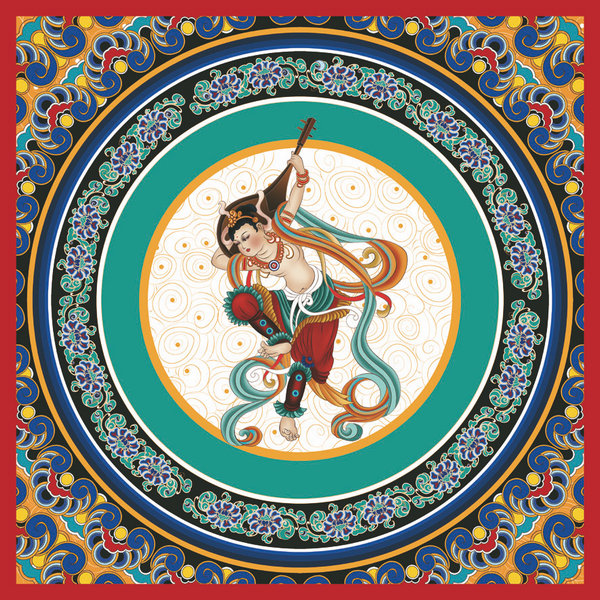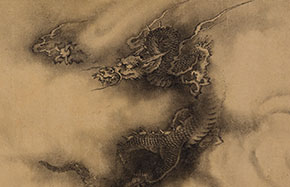Silk's enduring legacy
 |
|
Fan Yanyan shows some of her designs inspired by the folk art and history of the Silk Road in her studio in Xi'an, Shaanxi province. [Photo by Huo Yan/China Daily] |
Fan Yanyan is so intrigued by the Silk Road that she established her silk-scarf design studio in a Silk Road museum in Xi'an, Shaanxi province.
The museum's location in Northwest China was the largest market in the capital of the Tang Dynasty (618-907). It's celebrated as the traditional starting point of the Silk Road.
The fine-arts graduate believes many artistic treasures scattered along the ancient international trade route harbor "authentic" inspirations from humanity, religion and nature, rather than modern commercialism.
Unlike her classmates, Fan did not look for jobs after graduating from college in Xi'an in 2000. She went to Dunhuang, Gansu province, to create facsimiles of frescoes in the Mogao Grottoes for two years.
The Mogao Grottoes have more than 45,000 square meters of frescoes and 2,415 painted clay sculptures. It's the world's largest collection of historical Buddhist art, created over the period from the third to 13th centuries, a peak period of international trade and cultural exchanges between Central and South Asia and China.























